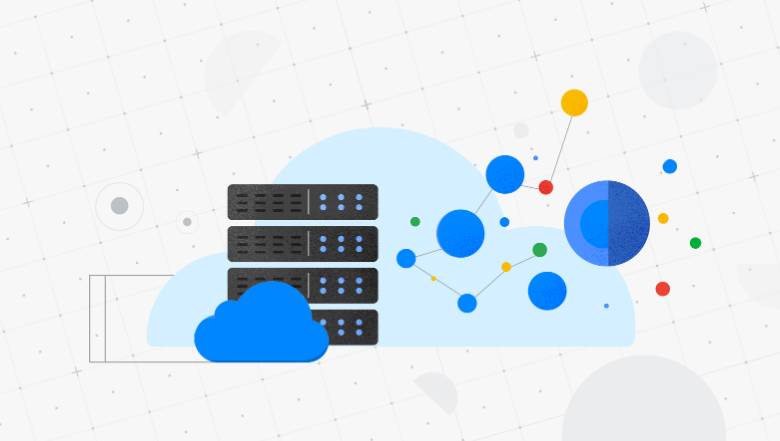 CLOUD
CLOUD
 CLOUD
CLOUD
 CLOUD
CLOUD
Google LLC today introduced VM Manager, a bundle of tools for administrators designed to make it more time-efficient to manage large fleets of instances on Google Cloud.
VM Manager’s features can be organized into two main categories. One set of features focuses on making it easier to manage the operating system running in instances, while the other helps administrators manage the software components deployed atop the operating system.
VM Manager comes with a patching tool that finds outdated copies of Windows and Linux in customer environments. After locating the instances with the outdated operating system installations, information technology teams can roll out the necessary updates via Google Cloud’s administrator console or another method. Alternatively, they can have VM Manager perform the task automatically using a built-in patch scheduling feature.
In the application management department, meanwhile, VM Manager provides similar features for finding outdated programs and patching them. Administrators also have access to an additional tool that allows them to set rules for what software components should be installed in cloud instances and how the components should be configured. If VM Manager identifies that a part of a Google Cloud deployment isn’t in compliance with the rules, it automatically fixes the misconfigured settings.
Time saved on managing software components can quickly add up. In an enterprise cloud environment, the typical instance not only runs parts of business applications but also various supporting components, such as monitoring agents that collect diagnostics data for the IT team and cybersecurity services. The sheer number of moving parts means automating even a single task, such as applying security patches, can free up a considerable amount of time.
Google Cloud administrators have a high-level view of all the various operating system and application configurations in their environments through a monitoring console included in VM Manager. The console shows details ranging from what version of Linux is installed in an instance to how many software components are running inside.
Besides easing IT teams’ day-to-day work, VM Manager could potentially also save some software licensing costs for Google’s customers. Administrators commonly perform tasks such as updating operating systems and managing application settings using standalone configuration management tools. By moving some of that workflow into the native Google Cloud interface, VM Manager potentially gives users a path toward reducing their reliance on external software products.
“By taking advantage of automated tools to keep systems up-to-date, reduce the risk of downtime, and improve productivity of internal users, early VM Manager users tell us that it allows their IT administrators to focus on other business critical tasks,” Google Cloud product manager Ravi Kiran Chintalapudi and Senanu Aggor, a product marketing manager at the Google unit, wrote in a blog post today.
Google has plans to roll out more features to VM Manager over the coming months.
Support our mission to keep content open and free by engaging with theCUBE community. Join theCUBE’s Alumni Trust Network, where technology leaders connect, share intelligence and create opportunities.
Founded by tech visionaries John Furrier and Dave Vellante, SiliconANGLE Media has built a dynamic ecosystem of industry-leading digital media brands that reach 15+ million elite tech professionals. Our new proprietary theCUBE AI Video Cloud is breaking ground in audience interaction, leveraging theCUBEai.com neural network to help technology companies make data-driven decisions and stay at the forefront of industry conversations.